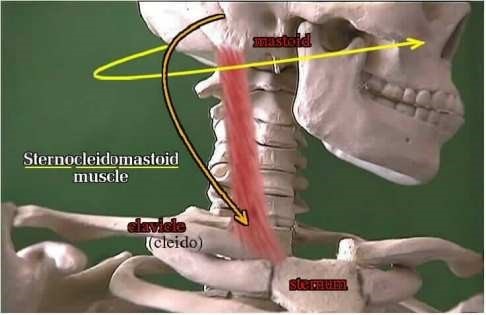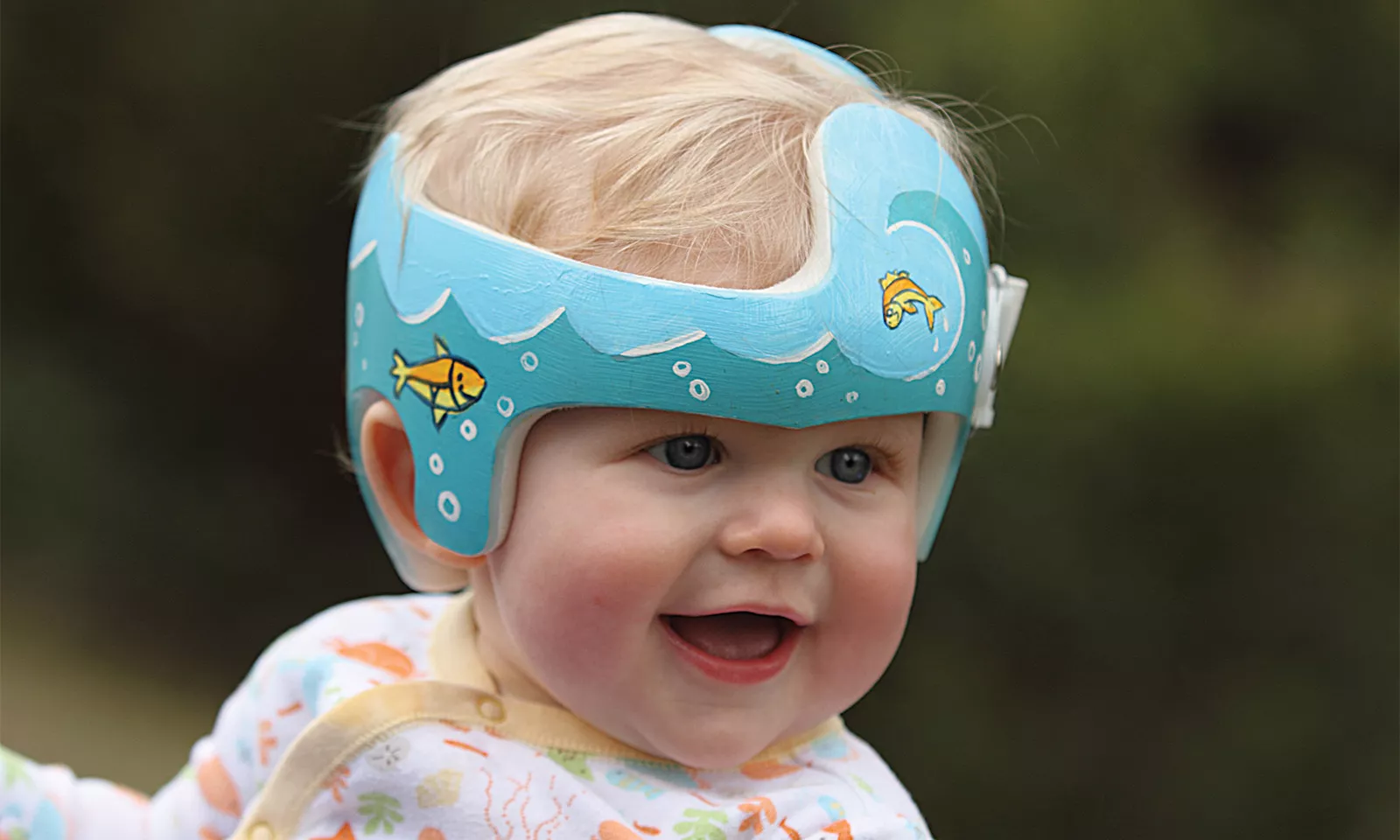

Torticollis, also known as Wry neck, is caused when the Sternocleidomastoid Muscle (SCM) is abnormally tight or damaged. The neck muscle pulls the skull from where it attaches behind the ear, causing the head and neck to tilt to one side.

There are two main types of infant torticollis:
Though torticollis and plagiocephaly are associated conditions, having one does not guarantee the occurrence of the other. Rather, torticollis leads to a much higher risk of developing a flat spot(s).
Generally, torticollis is not dangerous and can be alleviated with mild intervention. However, failure to treat can lead to other conditions like plagiocephaly and tight neck muscles. In more severe cases, it can also contribute to scoliosis in the spine.

Torticollis can usually be observed at birth or shortly after. Infants with this condition can show a variety of signs ranging from mild to severe including:

Infants diagnosed with congenital muscular torticollis are likely to also develop plagiocephaly. Studies show that it is estimated to coexist in as many as 90% of babies diagnosed with the condition.
Download: You're Not Alone - A Parent's Guide to Plagiocephaly
Plagiocephaly is typically caused by prolonged pressure to the skull during activities like back sleeping. Since the condition causes the baby to favor one side, there will be increased pressure to this side of the skull.
Plagiocephaly (flat head syndrome) is when a baby's head is misshapen because of a positional deformity. The condition ranges from mild to severe and presents in a variety of ways.
Note: A plagiocephaly head shape is more likely with infant torticollis due to the baby favoring a particular side.
Common signs of plagiocephaly include:
Both torticollis and plagiocephaly adopt similar physical therapy techniques for prevention and treatment.
More Frequently Asked Questions
While torticollis typically affects one side of the neck, there are variations of the condition that can involve both sides or present with different patterns of muscle involvement.
No, there is no evidence to suggest that one gender has a greater instance of the condition over the other.